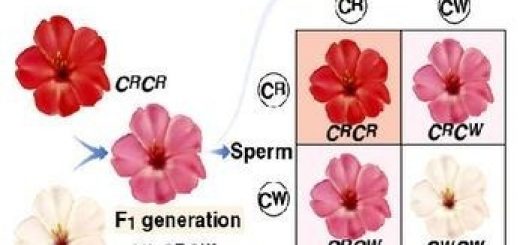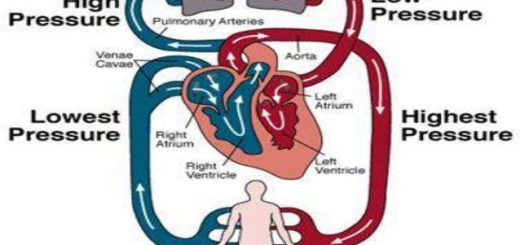Transportation in plant, Structure and role of the plant stem in the process of transportation
Each organism ingests what it needs from various substances by different means, There is no need for specialized transport tissues in primitive plants (like algae), as the raw material (CO2, water, and mineral salts) and the products of photosynthesis move together from one cell to another by diffusion and active transport.
Transportation in higher plants
Gases (oxygen and carbon dioxide) move by diffusion, While water, mineral salts, and soluble products of photosynthesis are transported using specialized vascular tissues which are:
Xylem tissue (vessels and tracheids) translocates water and mineral salts that are absorbed from the soil through the root to the stem, then to the leaves where the photosynthesis process takes place.
Phloem tissue (sieve tubes) translocates the high-energy organic food substances (carbohydrates, fats, and proteins) from the sites of their production (leaves) to the sites of storage and consumption in the different tissues of plant ( roots, stems, fruits, and seeds).
Structure of the plant stem
Epidermis
It consists of one row of adjacent and barrel-shaped parenchyma cells, The outer walls are covered by a cuticle (layer of cutin).
Cortex
It consists of Collenchyma cells, Parenchyma cells, and Starch sheath.
Collenchyma cells are several rows of cells that have thickened corners by the deposition of cellulose, They contain chloroplasts, They act as mechanical tissue for the support of the stem, and they take part in photosynthesis (in the case of the presence of chloroplasts).
Parenchyma cells are several rows of parenchyma cells with plenty of intercellular spaces, The function is aeration of the stem, due to the presence of intercellular spaces, The Starch sheath is the innermost row of cells of the cortex, function: storage of starch grains.
Vascular cylinder
It occupies much space of the stem and consists of the following tissues:
Pericycle is a group of parenchyma cells alternates with the groups of fibers, Each group of fibers lies opposite to a vascular bundle from outside, It makes the stem strong and elastic.
Vascular bundles are arranged in a cylinder, Each bundle is triangular with its base directed outwards, The Bundle consists of the Phloem, Cambium, and Xylem.
The phloem is the outer tissue of the vascular bundle, It consists of sieve tubes, companion cells, and phloem parenchyma cells, Function: transporting the organic food substances to all the plant parts.
Sieve tubes are elongated cells that contain cytoplasm without a nucleus, They are separated from each other by cross-walls which are performed by tiny pores through which the cytoplasmic strands extend from one tube to another, these cross-walls are called sieve plates.
Companion cells: Each sieve tube has a companion cell, They are living cells that contain a nucleus, ribosomes, and mitochondria, So, they organize the vital functions of the sieve tubed.
Cambium consists of one row or more of meristematic cells between the phloem and xylem, function: its cells divide to give rise externally to a secondary phloem and internally to a secondary xylem.
Xylem is the internal part of the vascular bundle, It consists of vessels, tracheids, and xylem parenchyma, It translocates water and solutes, It supports the stem, Vessels consist of tubes formed from vertical rows of elongated cylindrical cells that are joined end to end, Steps of their formation :
- The transverse walls have been completely dissolved, and so the whole row of cells has become one tube.
- The cellulose wall has become thickened by lignin which is impermeable to water and solutes.
- The protoplasmic contents have died, leaving a hollow vessel.
Numerous pits are scattered all over the vessel wall, where the primary wall is left without thickening because these pits permit water to pass from inside the vessel to outside.
Lignin is laid down on the inner lining of the vessel in the form of strands taking various forms such as annular and spiral, as it helps to support the vessel and prevent the collapse of its wall.
Tracheids are more or less similar to the vessels, except that they appear in T.S. in a pentagonal or hexagonal form, They are pitted and their ends are not opened, but pointed and closed.
Xylem parenchyma: One row of cells between the xylem vessels, The Xylem in the vascular bundles of the stem communicates with the xylem of the root and leaf, Also, the phloem of the stem communicates with that of the root and leaf, As a result, a network of vessels spreads all over the plant.
In scientific references, it is mentioned that the xylem parenchyma presents in rows of cells between the xylem vessels.
Pith: parenchyma cells occupying the centre of the stem, Function is storage.
Medullary rays: parenchyma cells extending between the vascular bundles, They join the cortex with the pith.
Mechanism of the transport in higher plants, Theories explain the ascent of water in plant



